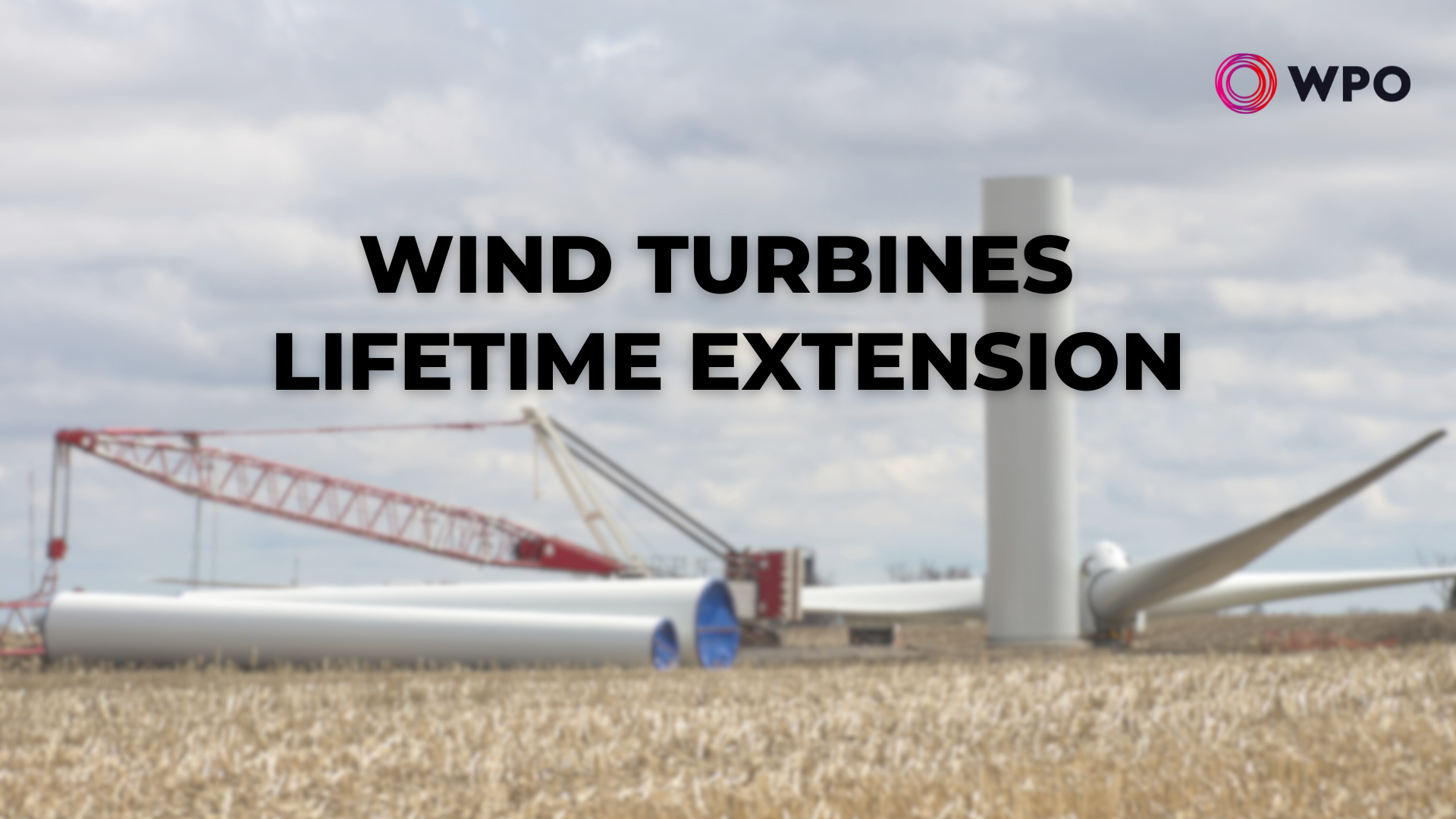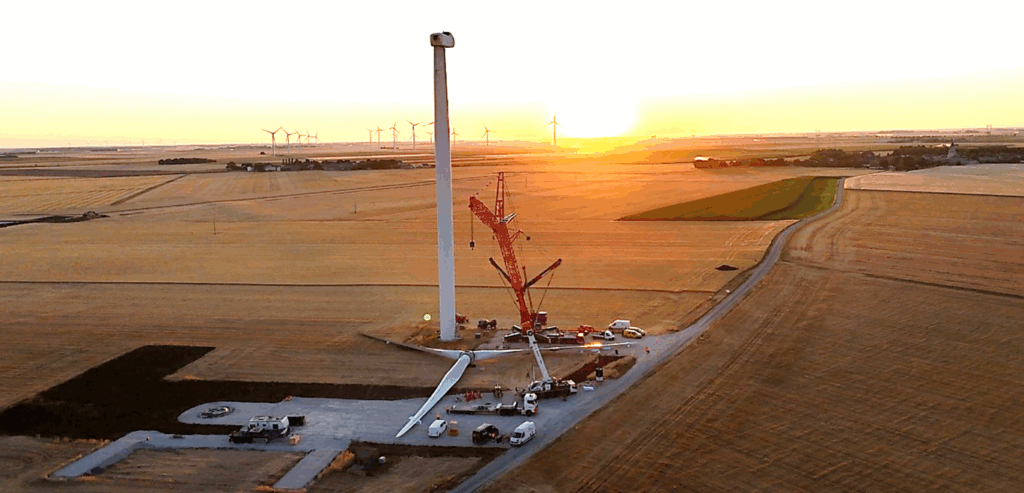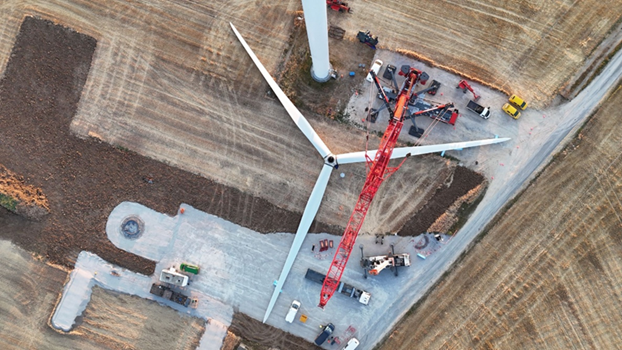Extend the lifespan of your wind farms: Continued operation offers a profitability lever for owners

As many wind farms reach or exceed 15 years of operation, the question of lifetime extension (LTE) is becoming increasingly important. Continuing operations beyond the initially planned lifespan (often 20 years) can offer a significant profitability lever – provided a rigorous, technical approach is taken, in full compliance with regulatory requirements.
In this article, you’ll find answers to your key questions, along with practical guidance on how to approach this milestone. We cover the regulatory framework to follow, the type of expert support to consider, the ideal timing in your project’s lifecycle to start the analysis, and why early planning is essential.


The regulatory framework: One you need to master
📍In France, wind turbines are generally designed for a lifespan of around 20 years. However, their operation can be extended beyond this period, provided certain strict regulatory conditions are met. Extending the service life requires a rigorous approach from a technical, administrative, and insurance standpoint.
The relevant reference texts must be well understood:
- The Environmental Code: A modification of the ICPE (Installations Classées pour la Protection de l’Environnement) authorisation may be required. Energy production facilities, such as wind turbines, are considered ICPE. Extending their operation may require an update to the ICPE authorisation, especially if operating conditions change or if environmental risks are altered.

- The Ministerial Order of June 22, 2020, mandates specific end-of-life inspections. These inspections are intended to assess safety conditions, mechanical reliability, and regulatory compliance before any lifetime extension can be granted.
- The IEC Standard 61400-28, which defines the methodology for assessing residual service life. This international standard provides a framework for evaluating the remaining lifespan of wind turbines and guides operators through the necessary analyses – such as material fatigue assessment, visual or instrumented inspections, and mechanical modeling.
An operator must therefore provide technical justification for the extension (fatigue analysis, structural inspections) and ensure full compliance with regulatory and insurance requirements.
🌍 In Europe

How to get support from an expert?
Opt for tailored support through a comprehensive approach that aligns with European standards.
- Schedule targeted inspections
- Blades, structure, foundations, transformers…
- Review of past maintenance activities
- Conduct a fatigue analysis
- Simulation of cumulative loading
- Assessment of residual life duration
- Compile these inspections and studies into a Lifetime Extension Report
- Compliant with IEC 61400-28
- Technical documentation for authorities, insurers, and financiers
- If needed, opt for administrative support:
- Preparation of required documentation for ICPE modification
- Liaison with regulatory authorities, insurers, and external experts

📩 Discover how WPO can help you – book a meeting with our experts

How to know when to begin lifetime extension analyses ?
It is strongly recommended to start the first evaluations between the 15th and 18th year of operation. Why?
This timeline allows you to:
- Anticipate the actions to be planned before reaching the 20-year regulatory threshold
- Avoid operational downtime due to administrative or technical delays
- Plan for any necessary investments (maintenance, reinforcements)
- Integrate the findings into your long-term strategy (LTE, repowering, asset sale…)
Warning: Starting too late may limit your options. Starting on time gives you the power to make informed, confident decisions.
Each site requires a tailored approach, with inspections and procedures depending on:
- Historical wind profile
- Structural condition of key components
- Past maintenance cycles
- Contractual or regulatory requirements

Why anticipate?
- Maximise the profitability of your assets
- Avoid unplanned downtime
- Meet the expectations of insurers and financiers
- Make strategic decisions with clarity (extend, repower, or dismantle)
To summarise, lifetime extension of a wind farm is not automatic – it requires meeting three essential conditions:
- Technical: Demonstrate that the turbine remains safe and operational
- Regulatory: Comply with legal and administrative frameworks
- Insurance: Prove the turbine remains insurable in its current state
📩 Want to know more ? Our experts are here to help – book a meeting with us
